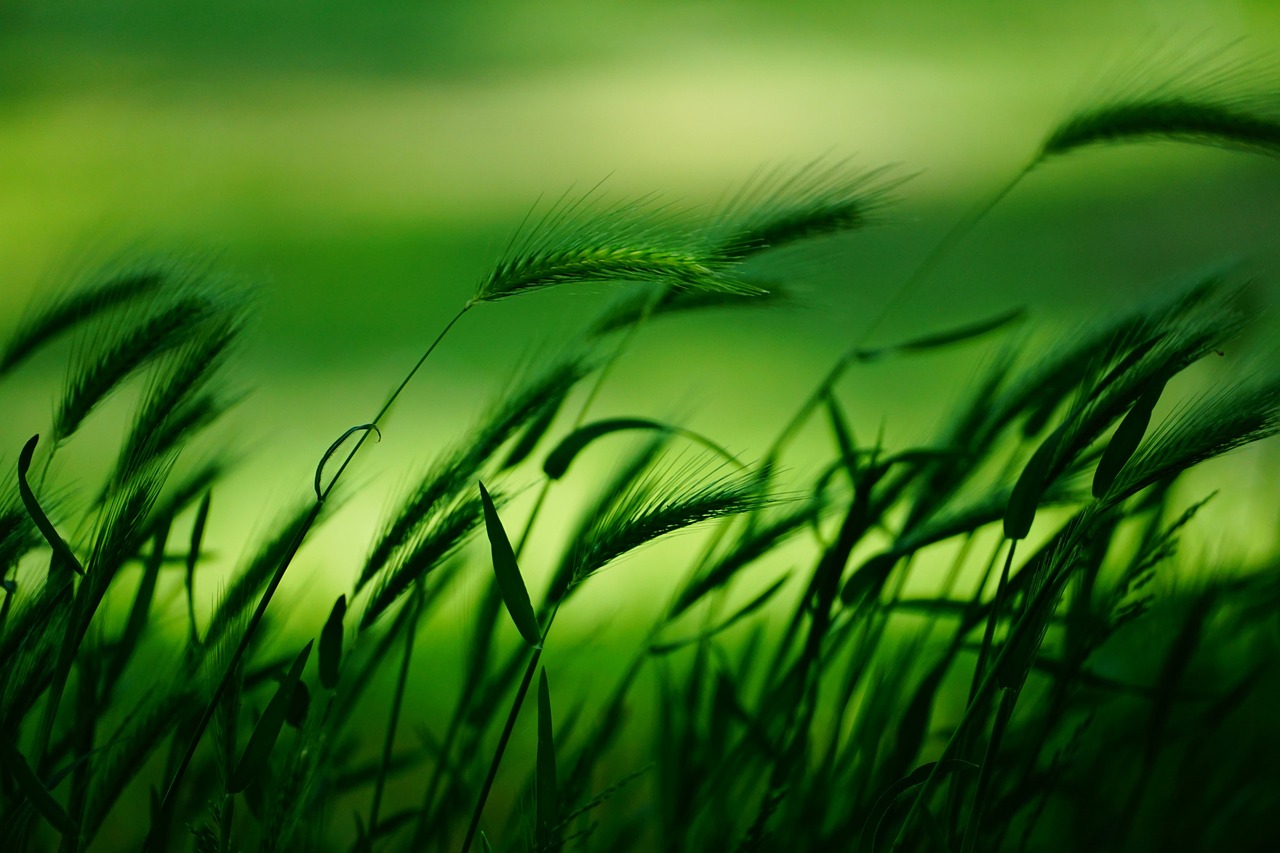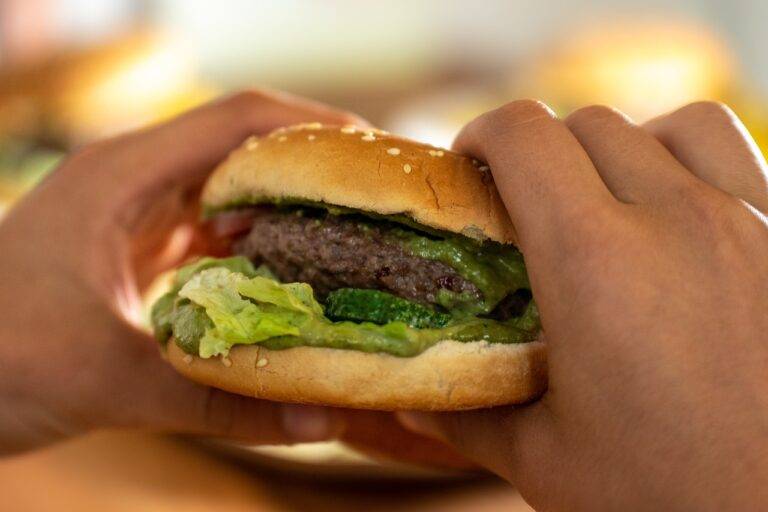Exploring the World of Homemade Jams and Jellies
Homemade jams and jellies have a rich history that dates back centuries. Initially, the practice of making jams and jellies was a way to preserve fruits and enjoy them beyond their natural season. Early civilizations would cook down fruits with sugar to create these sweet spreads, a tradition that has been passed down through generations.
In the Middle Ages, jams and jellies became more refined and elaborate, with added spices and ingredients to enhance the flavors. Wealthier households would showcase their status by serving an array of homemade jams and jellies at their feasts. As time progressed, these fruity concoctions evolved to include a variety of fruits and flavor combinations, making them a beloved treat enjoyed by people of all backgrounds.
The Difference Between Jams and Jellies
Jams and jellies are both popular spreads made from fruit, yet they have distinct differences in terms of texture and ingredients used. Jams are typically made by crushing fruit into a thick puree, often including fruit chunks for added texture. The high sugar content in jams helps preserve the fruit and contributes to their spreadable consistency. On the other hand, jellies are made by straining fruit juice to remove solids, resulting in a clear, firm texture. Pectin, a naturally occurring gelling agent found in fruit, is commonly added to jellies to achieve their characteristic firmness.
What is the main difference between jams and jellies?
The main difference between jams and jellies lies in their consistency and texture. Jams are made from crushed or chopped fruit, giving them a thicker, chunkier texture. Jellies, on the other hand, are made from fruit juice that has been strained to remove any solids, resulting in a smoother, more gel-like texture.
Can you use the terms “jam” and “jelly” interchangeably?
No, jams and jellies are not interchangeable terms. While they are both fruit preserves, they have distinct textures and consistencies that differentiate them from each other.
Are jams and jellies made using the same process?
While both jams and jellies involve cooking fruit with sugar and pectin to create a preserve, the main difference lies in the fruit used and the way it is processed. Jams typically use crushed or chopped fruit, while jellies use fruit juice that has been strained.
Which one is easier to spread – jam or jelly?
Jellies are typically easier to spread than jams due to their smoother texture. Jams, with their chunkier consistency, may be a bit more difficult to spread evenly.
Can you make jams and jellies at home?
Yes, both jams and jellies can be made at home using fresh fruit, sugar, and pectin. There are many recipes available online and in cookbooks that can guide you through the process of making your own homemade jams and jellies.





